In the realm of consumer healthcare, retaining customers is akin to navigating uncharted waters. Unlike industries where brand loyalty is steadfast, the pharmaceutical landscape presents a unique challenge.
For many, the quest for medications often begins with a simple query: where to purchase? In this fiercely competitive market, standing out is not only a goal but a necessity.
How to stand out? Some customers leave the platform after they start to get confused in navigation or lose trust due to incorrectly shown commercial blocks (without clinical or even social proofs). Because of this, they don’t receive assistance, and we lose the opportunity to genuinely help a person by influencing their treatment.
What is the reason? Clinical experts rarely have the experience, funding, or incentives to create a user-friendly health website and app. Commercial application/website developers rarely have the experience, interest, or incentive to conduct rigorous scientific assessments.
Therefore, with this article, we have decided to fill this gap and share strategies that will enable clinical specialists and consumer healthcare distributors to adapt the best healthcare customer engagement practices in their websites or applications.
Note: this is the second part of the article about consumer engagement strategies in healthcare. You can read our first part Here.
1. Educate customers
To begin with, we need users leave with a deeper understanding of their health. This way, we have a more informed customer (and thus, an engaged customer) who won’t get lost on the path to conversion. In some cases, descriptions of diseases and recommended additional medications can be added to the medicines. Because if you simply offer bundles, justifying it with “this product goes well with this one,” it may not have the desired effect.
On the other hand, if you provide customers with the opportunity to educate themselves and learn more about their issues, they will be more inclined towards future purchases.
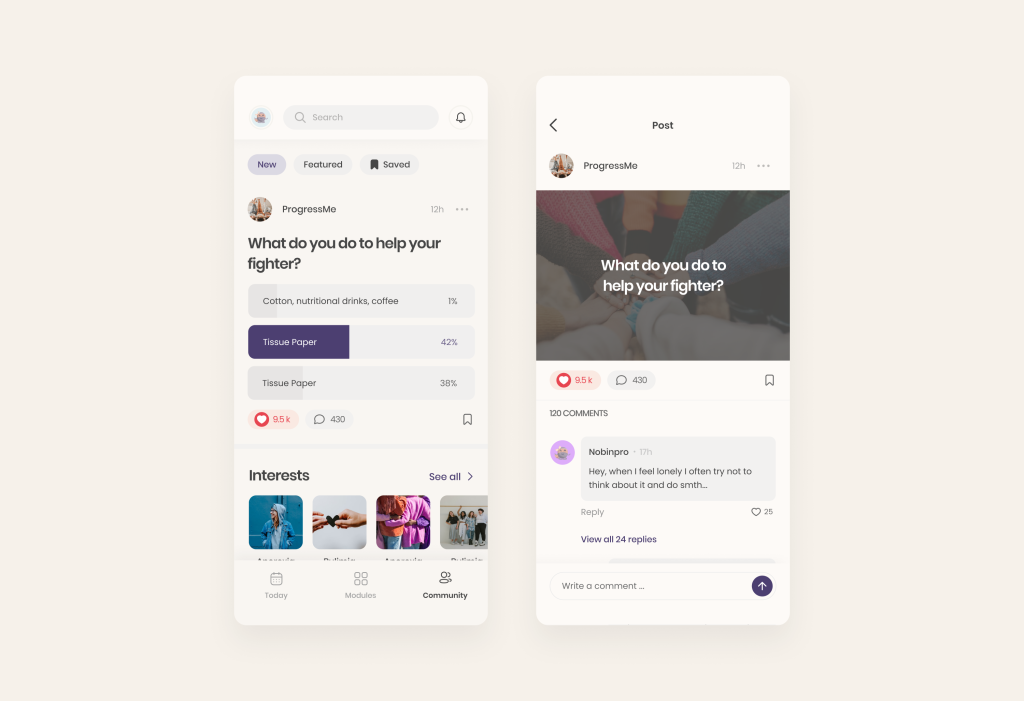
Here are the most popular strategies for effectively implementing educational content:
Diverse blog categories. These could include:
1. Condition-specific blogs: in-depth articles about specific health conditions, their symptoms, treatment options, and lifestyle recommendations.
2. Medication insights: informative pieces about different medications, their uses, potential side effects, and best practices for consumption.
3. Nutrition and wellness: articles on maintaining a balanced diet, exercise routines, and general wellness tips for a healthier lifestyle.
4. Patient stories and testimonials: real-life accounts from individuals who have successfully managed their health conditions, offering hope and motivation to others.
Interactive content formats. Beyond traditional text-based blogs, consider incorporating interactive content formats like videos, infographics, and quizzes. These engaging formats can simplify complex medical information and make it more digestible for a wider audience. Or you can just consolidate similar topics into one comprehensive category:
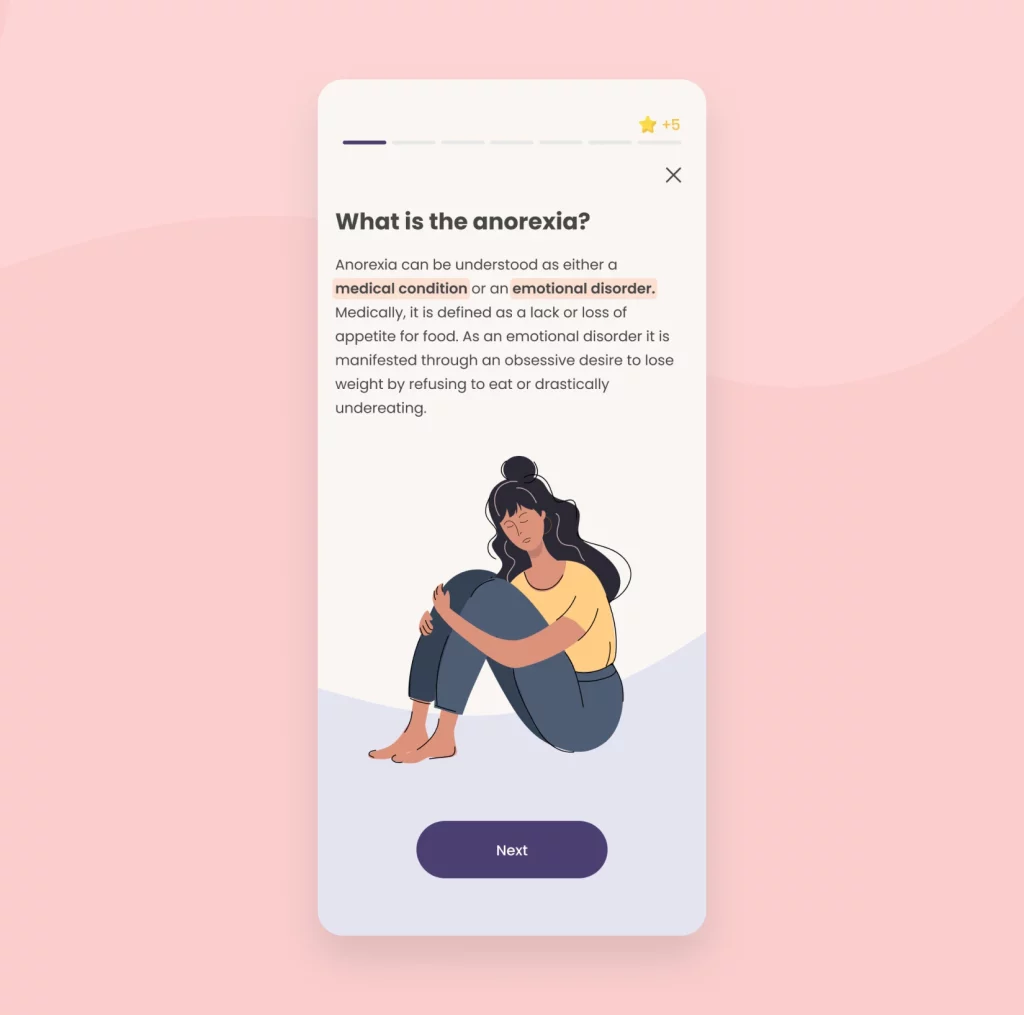
Expert contributions. Invite healthcare professionals or subject matter experts to contribute to your educational content. Their insights can add credibility and provide users with trusted information.

Address frequently asked questions. Use educational content to address common queries users may have about their health, medications, or general wellness practices. This not only imparts valuable knowledge but also demonstrates your platform’s commitment to user well-being.
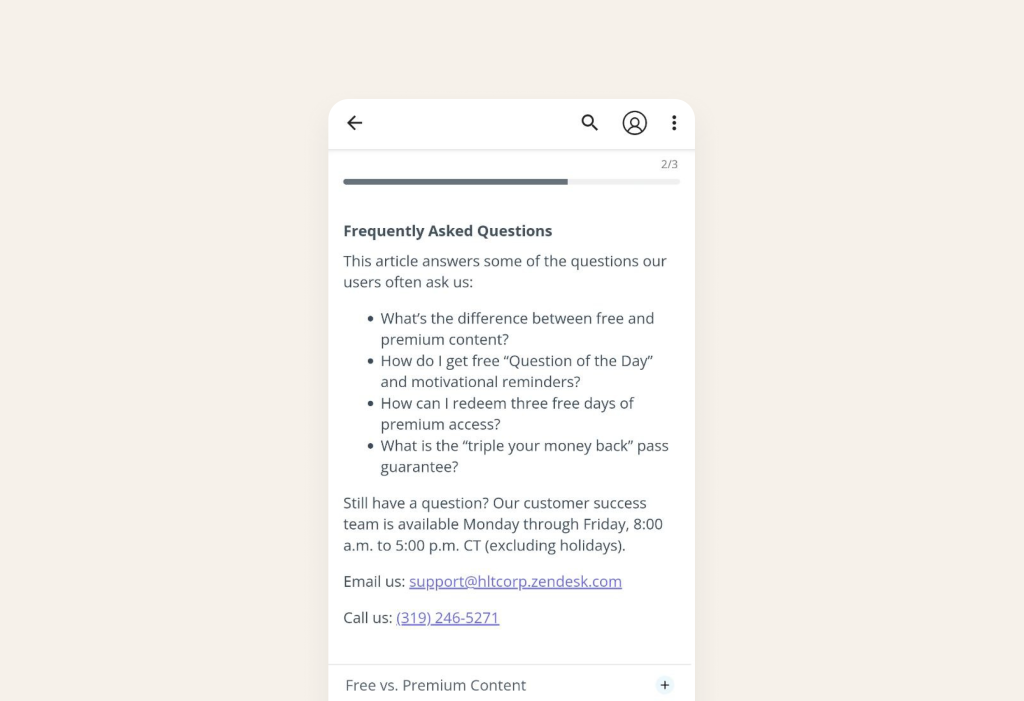
Source: PTCB Exam
2. Build trust and credibility
Have you ever found yourself looking at a medication or dietary supplement, but hesitated due to doubts about its quality or uncertainty about its use? In this strategy, we must dispel such concerns in the customer right from the start.
2.1 Handle customer feedback
It’s important to focus on presenting your own data regarding success and satisfied users. Because providing this information right at the beginning of the onboarding process convinces the user that if it has helped so many people, it will help them too.
Right from the first message, the platform should demonstrate social trust by highlighting the large number of users. This approach aims to increase the total number of registrations and reduce user churn.
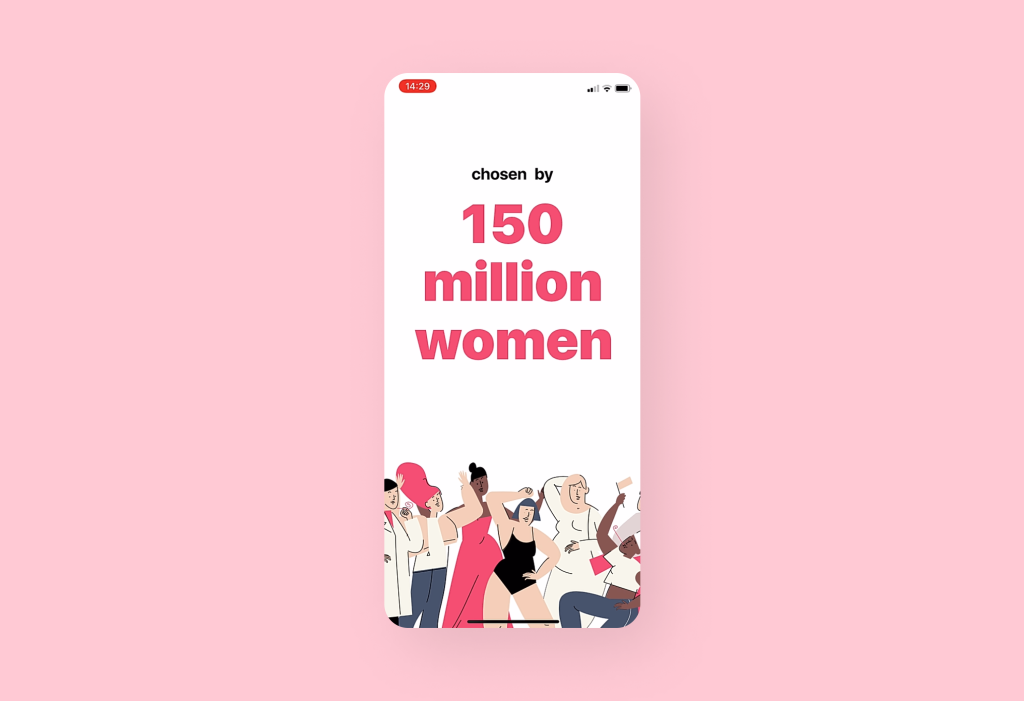
Source: Flo
2.2 Share information about clinical trials or studies
By offering detailed insights into trials, including methodologies, outcomes, and participant demographics for some products (for example, new dietary supplements), you showcase your commitment to evidence-based practices and customers are more interested in buying a certified product.
It’s essential to present this information in a user-friendly and easily digestible format, ensuring accessibility for customers with varying levels of medical knowledge. For instance, in the screenshot below, quality badges were added for the dietary supplement, along with links to actual research studies:
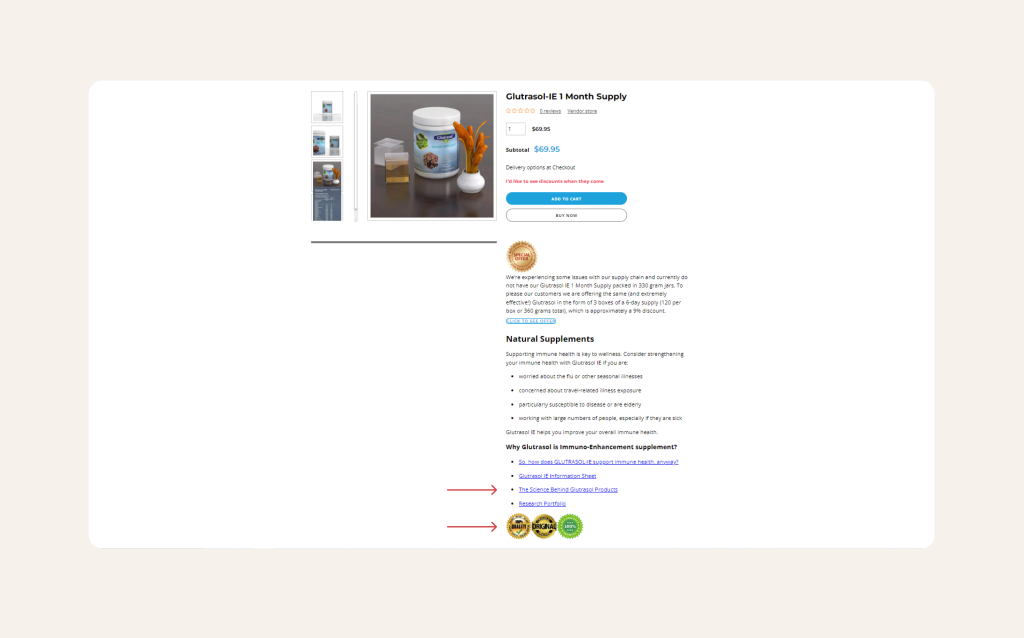
Source: Age2B
This level of transparency builds a strong foundation of trust between your platform and its users, fostering a long-lasting and beneficial relationship.
Generally, such recommendations for sections like dietary supplements should be provided during the addition process as a suggestion. This way, both the platform and the suppliers increase their conversion rates.
And if you have serious innovative medicines: highlight any relevant certifications, approvals, or endorsements from regulatory bodies. This could include FDA approval, certifications for organic or natural products, or endorsements from medical associations.
2.3 Demonstrate commitment to safety
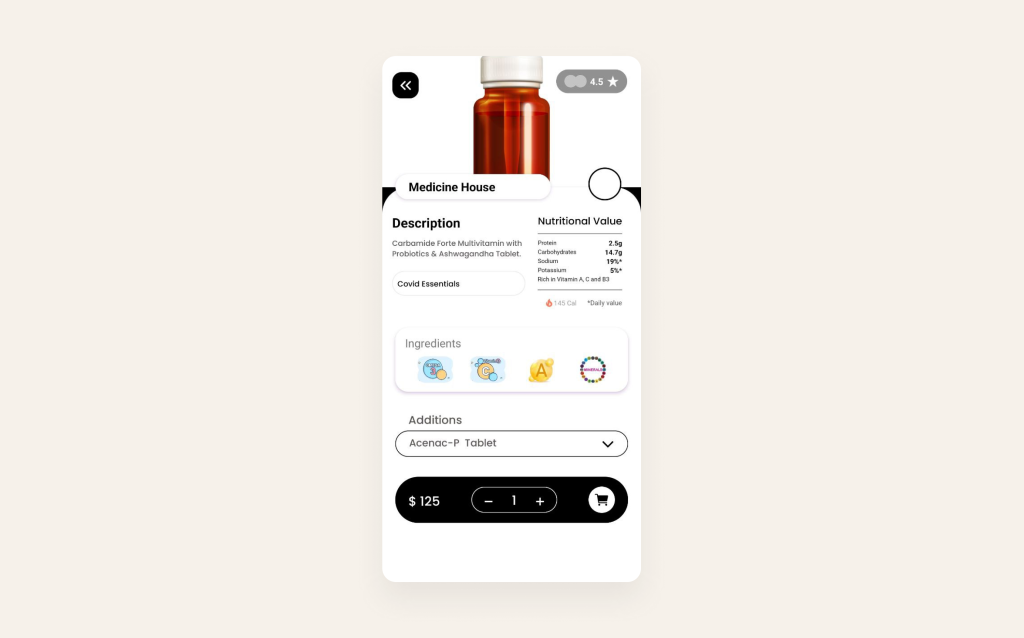
Source: Pharmacy
Clear information on ingredients and dosage: provide comprehensive details about the ingredients used in each product and the recommended dosage. Include any warnings or contraindications to ensure users are well-informed.
Transparent sourcing and manufacturing practices: share information about where the products are sourced and how they are manufactured. This can include details about quality control measures, adherence to Good Manufacturing Practices (GMP), and ethical sourcing practices.
Customer reviews and testimonials: allow customers to leave reviews and testimonials about their experiences with the products. This not only serves as social proof but also provides valuable insights into the safety and efficacy of the products.
Reporting adverse effects: facilitate a user-friendly process for reporting any adverse effects or issues with the products. Assure users that their feedback is taken seriously and used to improve product safety.
Educational content on safe use: offer educational resources on how to safely use pharmaceutical products. This can include articles, videos, or infographics that guide users on proper dosage, potential interactions, and what to do in case of emergencies.
Disclaimers and legal information: ensure that all necessary disclaimers and legal information regarding product safety are prominently displayed. This can include information about potential side effects, interactions with other medications, and advice to consult a healthcare professional.
3. Create patient health journey
Here we need to help consumers navigate their evolving health needs with personalized care plans and a gamification framework that motivates action. How can we motivate users? With a patient journey that consists of:
3.1 Health Profile
Provide a holistic view of an individual’s health and needs through ongoing collections of data including health assessments, wearables and goals.
This comprehensive health profile amalgamates critical information about the individual’s medical history, current health status, lifestyle choices, and specific health goals. By integrating data from health assessments, maybe even wearables, and individual health objectives, the platform can generate precise insights.
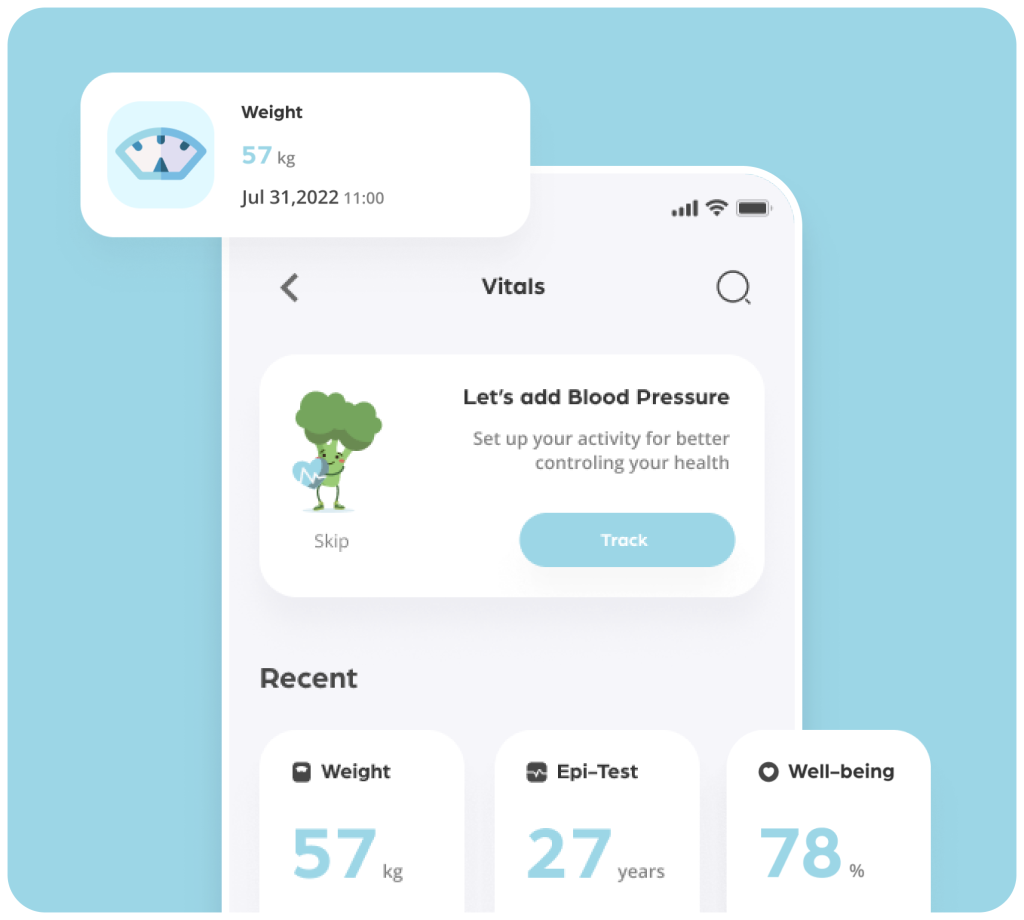
The continuous data collection ensures that the profile is dynamically updated, reflecting the individual’s evolving health journey. This up-to-date information becomes instrumental in tailoring interventions, recommendations, and care plans.
It empowers both users and healthcare providers with a deep understanding of the individual’s health trajectory, allowing for more informed decisions and targeted support.
In this way, the consumer healthcare platform will be able to personalize and provide the necessary medications at the right time, thereby increasing patient outcomes and customer engagement.
3.2 Personalized care plan
Here, to create such a plan, you can use personalized tasks for users in various forms that lead them. So we create a journey.
Certainly, if your target audience includes elderly individuals, regular tasks in the form of notifications will be suitable. These notifications will contain specific reminders based on the personalization obtained through the health profile. For example:
1. Drug interaction alerts. Provide warnings about potential interactions between prescribed medications and over-the-counter drugs or supplements.
2. Dose adjustments. Recommend precise dosages based on factors like age, weight, gender, and specific health conditions.
But for a stronger engagement, we need a bright path that is just created by tasks.
Gamified tasks acknowledge the user’s dedication and effort in completing the test by offering them a meaningful reward. For example, you can use gamification and give users a “+N experience points” in a game. This recognition is essential in recognizing their commitment and motivation.
Or we will simply take away -400 points for non-fulfillment or incorrect completion of the task:
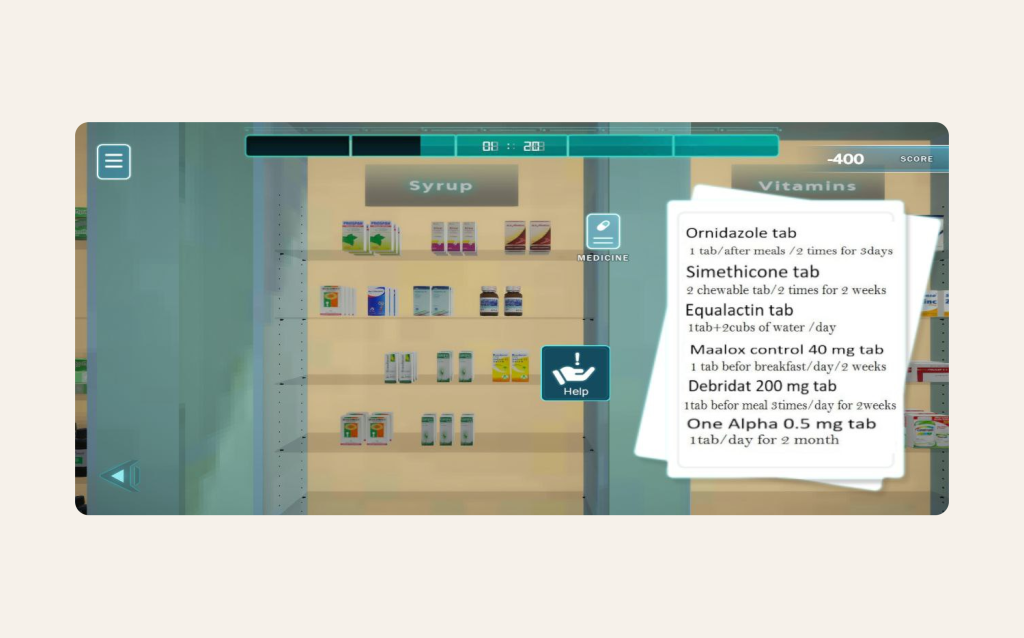
Source: Pharmlator
Also, every completed test contributes to your progress, indicating the number of tasks completed out of the total.
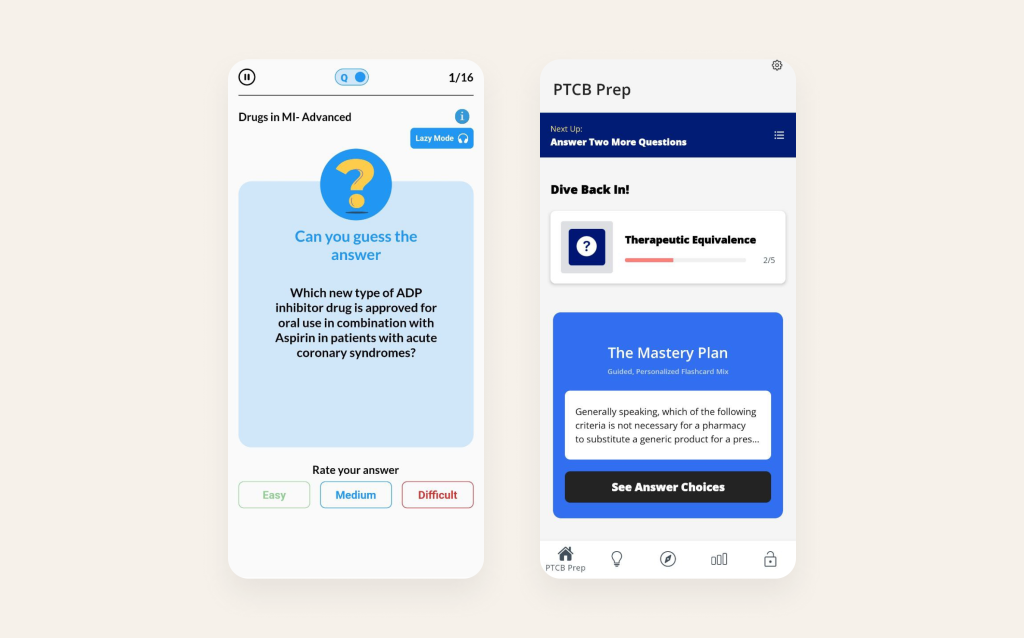
Source: Medipuzzle & PTCB Exam
For story tasks let’s showcase an example from our company’s internal platform:
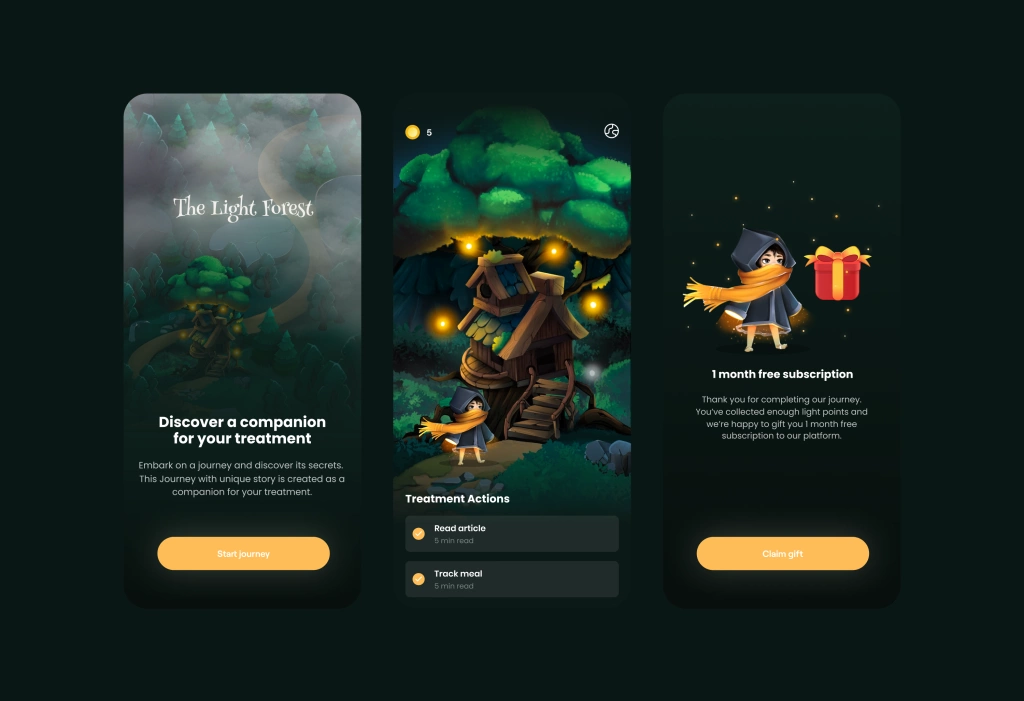
In our in-house project, we’ve taken a unique approach to engage patients in their treatment journey by weaving it into a captivating narrative.
Instead of a conventional treatment plan, patients embark on a mini-quest inspired by an intriguing storyline, which guides them through the tasks outlined in their treatment plan.
These tasks encompass educational materials and serve as reminders for medication intake. This tackles the issue of consistent illness management, a daily necessity that’s prone to being overlooked, leading to suboptimal retention and adherence.
3.3 User progress
Why don’t people want to quit playing? And how to create such gamification in consumer healthcare products?
It’s because they already have a significant accumulated progress that they simply don’t want to let go of.
They have invested a lot of time into it, they genuinely see all the efforts that have been put into reaching a high level/rank, and they can even compare it with other users (which undoubtedly fills them with pride).
For example, you can add the level for medical intakes or purchases.
By the way, we can also provide an example from a completely different industry: Habitica.
It’s a platform that gamifies task completion in the style of MMORPG quests, granting levels, armor, and weapons for their completion. Some members of our team use it to record fitness and other activities as well. And using this approach we can gamify consumer healthcare products.
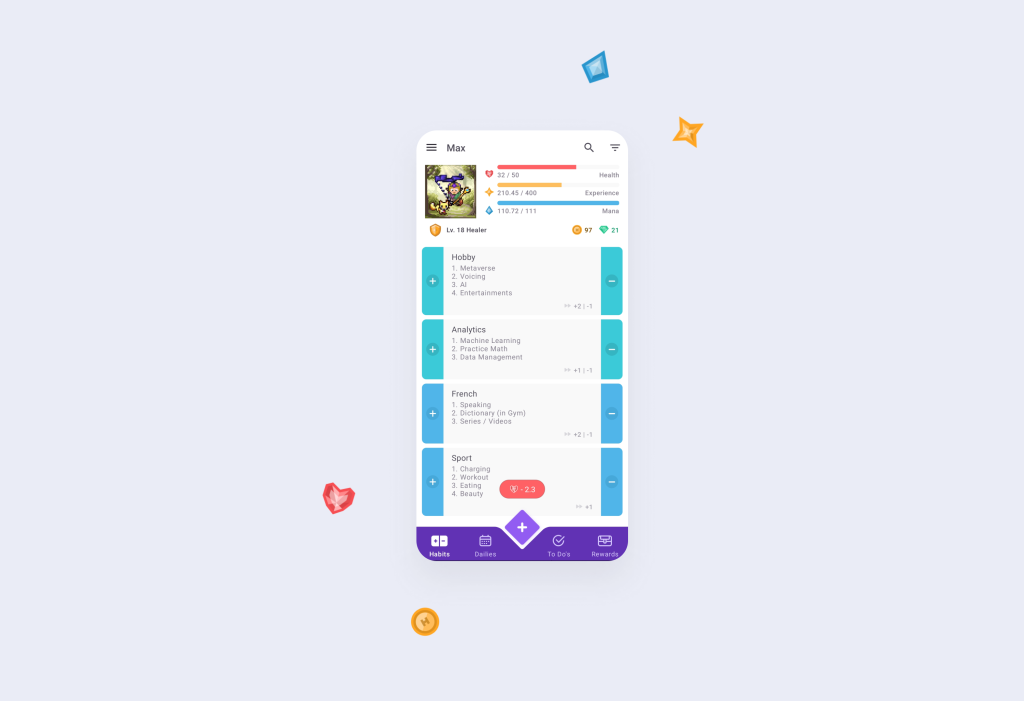
And in fact, there, negative motivation is at work: if the user fails to complete a quest, their level and health are lost.
4. Set up communication with the customer
If there is no communication on the platform, the customer will go searching for reviews online. And even if they find positive ones, they might also come across a competitor and start comparing.
Therefore, we must proactively ensure a robust FAQ section, facilitate direct communication among users by creating a community, or even integrate telehealth features. So, let’s see the next customer and patient engagement strategies.
4.1 Share the opportunity to create questions
We don’t always have a comprehensive FAQ since it’s impossible to predict every rare customer question. Additionally, after going through their treatment journey, customers might want to connect with others who have experienced similar treatment to ask about their coping strategies.
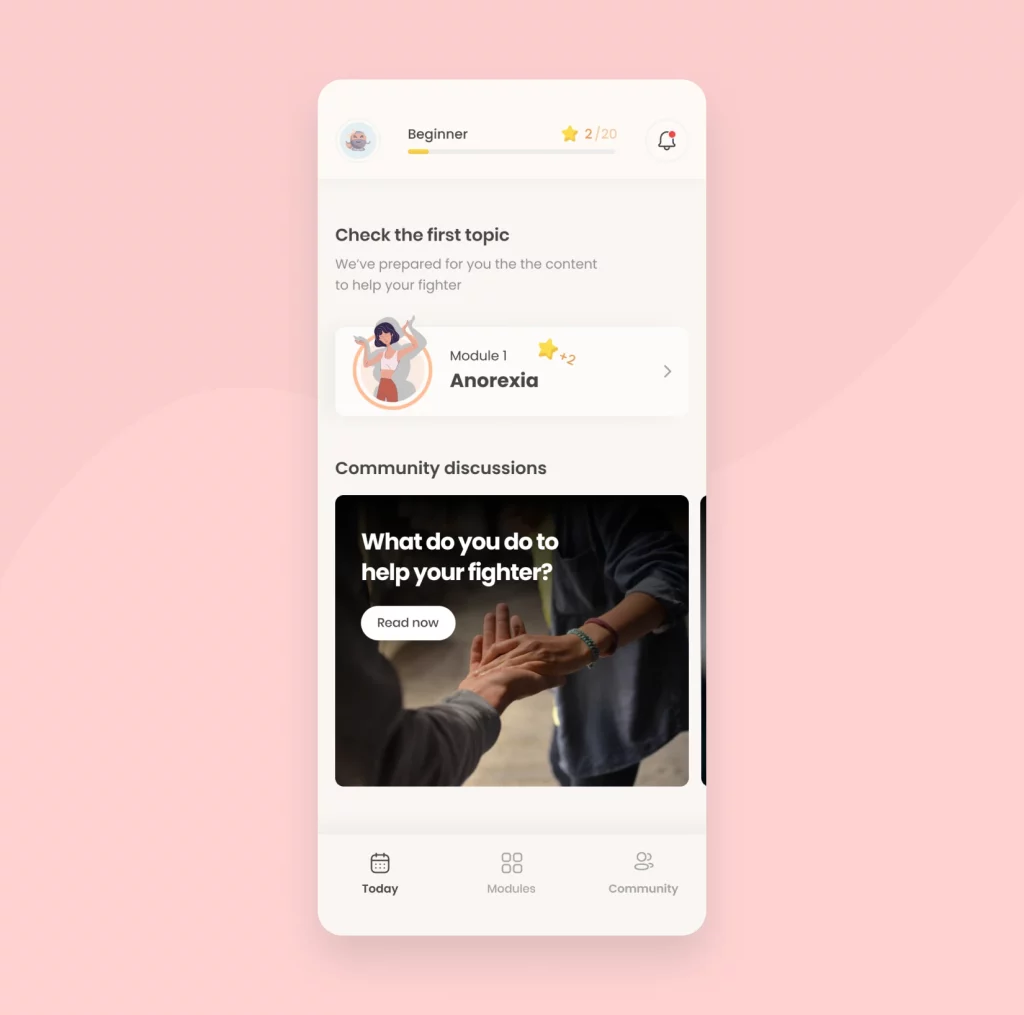
While the platform and specialists provide medicine and treatment, there’s still a group of customers who prefer to cross-check or seek advice within a larger community.
What if a user is hesitant about public interactions? This concern arises in both the commenting and article creation stages, and especially when a customer, even after completing treatment, seeks further clarification.
Some individuals might worry about appearing inexperienced if they ask treatment-related questions in a community setting instead of consulting a doctor.
However, this isn’t accurate, as seeking a second opinion, even from non-professionals, is a common practice. Customers come from diverse backgrounds, and it’s important to acknowledge that some may lack confidence and require specific features for assistance.
For instance, in the Allbry platform, we introduced an anonymity feature, allowing users to engage with the platform without disclosing their personal information.
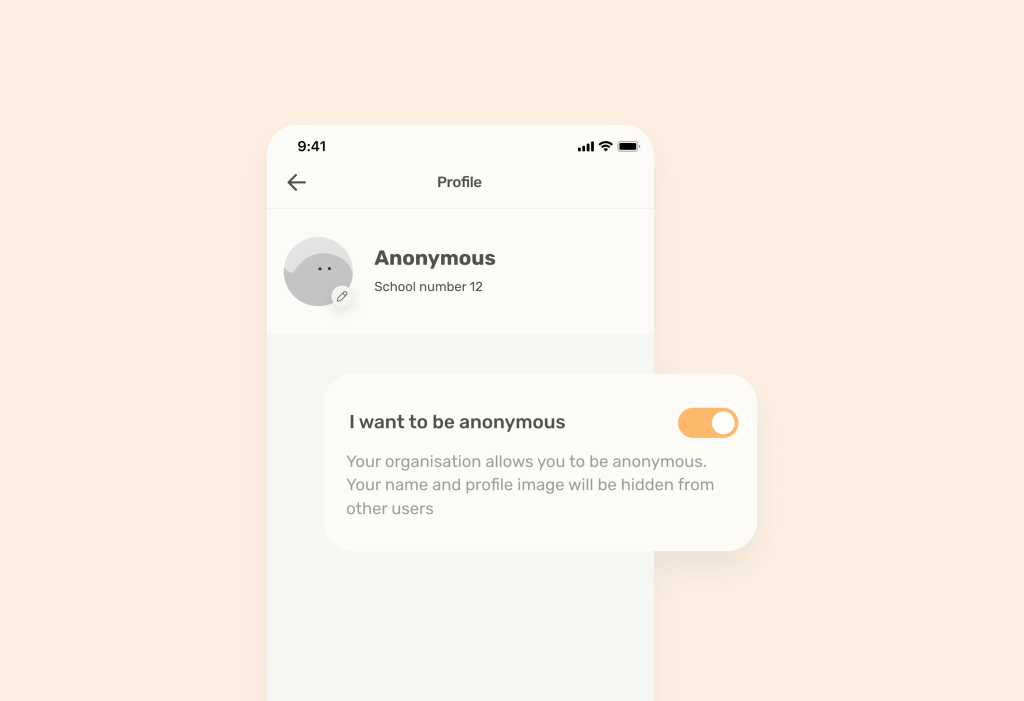
4.2 Give them freedom to create content, voting & comments
Keep in mind that social networks have become a global sensation for a reason, and if a platform can foster the same sense of community, it will encourage customers to engage and use it again. Foster a sense of belonging and invite participation by creating forums, polls and content.
For instance, in the ProgressMe app, we added features like creating polls and content, including comment sections for discussion.
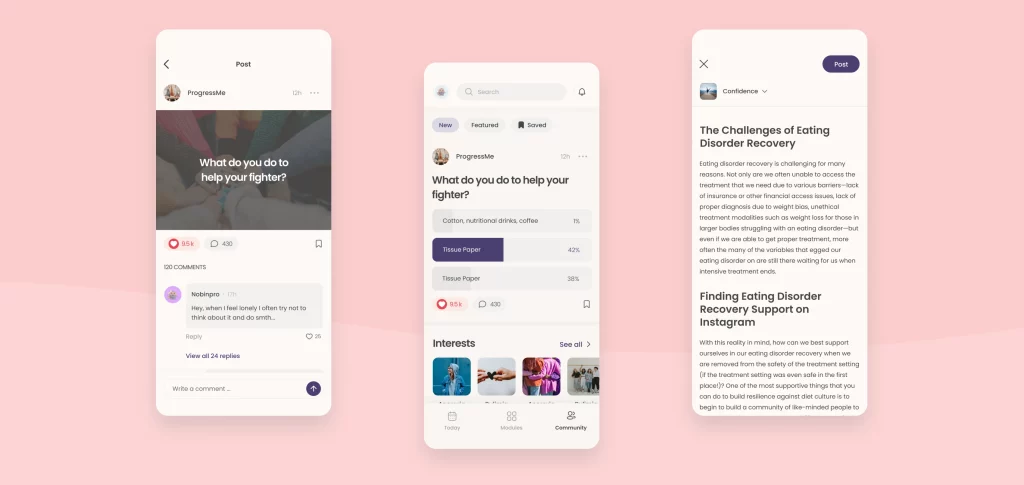
Why is this still so important? Besides increasing Retention and Engagement rates (both for content creators and readers), you might also notice certain issues that are missing from the platform.
Because if users turn to external forums (such as Reddit), you run the risk of either losing the customer (since they might start recommending competitor solutions) or failing to track moments where engagement decreases. It can create the real impact of personalized human support on digital health engagement.
4.3 Implement telehealth features
What if, in addition to selling medical products, we add the option to communicate with specialists who can prescribe or provide advice on them? It’s like consumer health engagement platform.
Allow users to schedule telehealth appointments through your platform. Implement features for selecting providers, viewing availability, and confirming appointments.
Many people want to know their diagnosis based on symptoms and then simply buy the medicine that will help them. And if the doctor has access to such a store, the patient will immediately know that this medicine is available and there is no need to search other stores. The doctor will simply align with the current range of the company.

So what features can we implement?
Secure messaging and chat: implement a secure messaging system that allows users to communicate with healthcare providers. This feature can be invaluable for asking non-urgent questions, seeking advice on medications, or discussing treatment plans.
Video consultations: enable video consultations between patients and healthcare professionals. This offers a more personal and interactive experience, allowing for a thorough assessment of symptoms and providing a platform for meaningful discussions.
Appointment scheduling: allow users to schedule telehealth appointments through your platform. Implement features for selecting providers, viewing availability, and confirming appointments. This streamlines the process and ensures that users can access the care they need in a timely manner.
E-Prescriptions: facilitate the electronic prescribing of medications. This feature not only simplifies the prescription process but also ensures that users have easy access to the prescribed medications through your platform.
Secure data transmission: ensure that all telehealth interactions adhere to strict security and privacy standards. Encrypt data transmissions and implement robust authentication measures to protect user information.
And most importantly, don’t forget about Accessibility: for visually impaired individuals, it’s important to provide a text alternative in the form of the option to send audio messages.
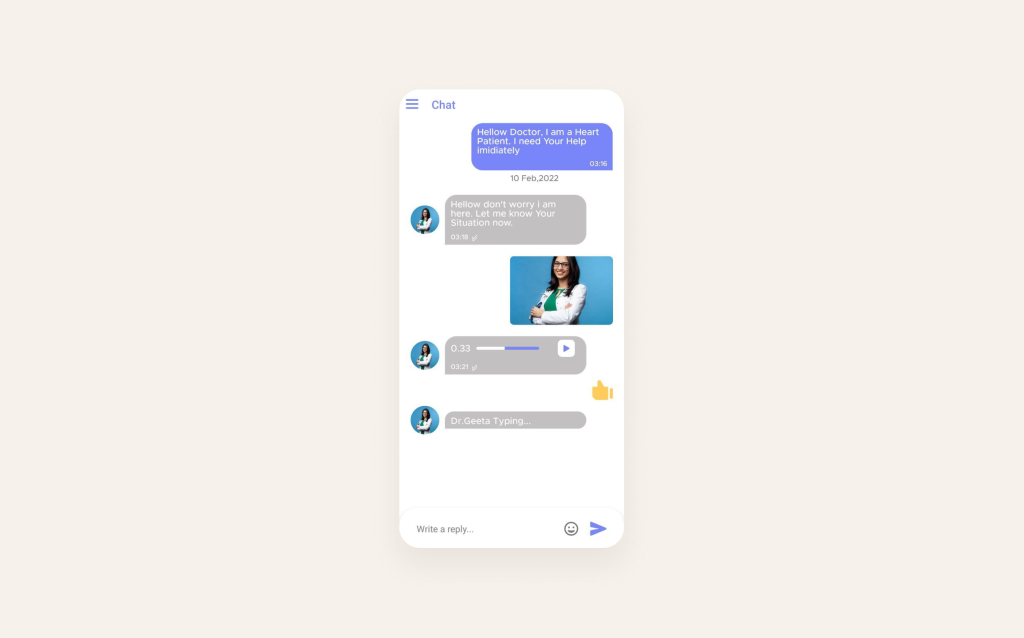
Source: Pharmacy
5. And remind the customer about you
Inform customers with notifications. If we’ve made a good impression with content on the customer, the only thing left is not to let them forget about us.
Push notifications boost the user engagement by 85%, when used properly. When the push is enabled, more than 65% of the users return to an app/website. This statistic shows how compelling and beneficial push notifications are.
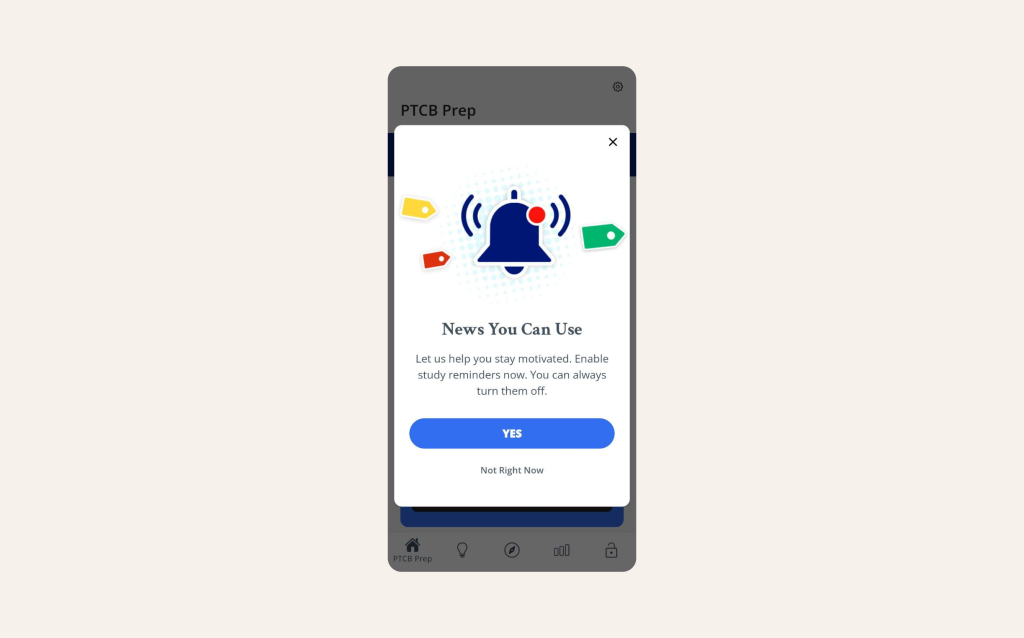
Source: PTCB Exam
Notifications depend on product type and can be related to:
1. New shop offers: alert users about special offers, discounts, or promotions within the shop section. This encourages continued interaction and potentially boosts sales.
2. Missing a session/medication intake: for health-related platforms, send reminders if a user misses a scheduled session or forgets to take prescribed medication. This feature is crucial for health and wellness platforms.
3. Platform updates: notify users about new platform features, improvements, or bug fixes. This keeps them informed and ensures they have the best possible experience.
4. Receiving rewards: celebrate user achievements or milestones by sending notifications about rewards they’ve earned. This not only acknowledges their efforts but also incentivizes further engagement.
5. New events: celebrate user achievements or milestones by sending notifications about rewards they’ve earned. This not only acknowledges their efforts but also incentivizes further digital health engagement.
6. Responses/reactions to a user’s social activity: send notifications when there’s a reaction or response to a user’s social activity, such as comments, likes, or messages. This reinforces the sense of community and encourages ongoing participation.
7. Long periods of inactivity in the platform: gently remind users about the platform if they haven’t engaged for an extended period. This can be a re-engagement tactic to prevent churn.
Source: PTCB Exam
How often do you send push notifications? 2-4 Times a week: this frequency is considered common and is often well-received by users. It provides regular digital health engagement without overwhelming them. And for timing, consider the user’s timezone to avoid sending notifications at inconvenient hours.

We hope this article was useful for you!
Who we are? We are a digital health product studio, who transforms healthcare digital experiences and sets new standards for delivering digital healthcare in a way that positively impacts people’s lives.
We assist healthcare startups in designing and developing digital products, while also helping healthcare organizations undergo transformative changes.
If you are interested about our experience check our portfolio with case studies by the link or you can read more about us here.
And write to us now on m@nozomihealth.com and we will discuss how we can help ensure that your product brings real benefits







